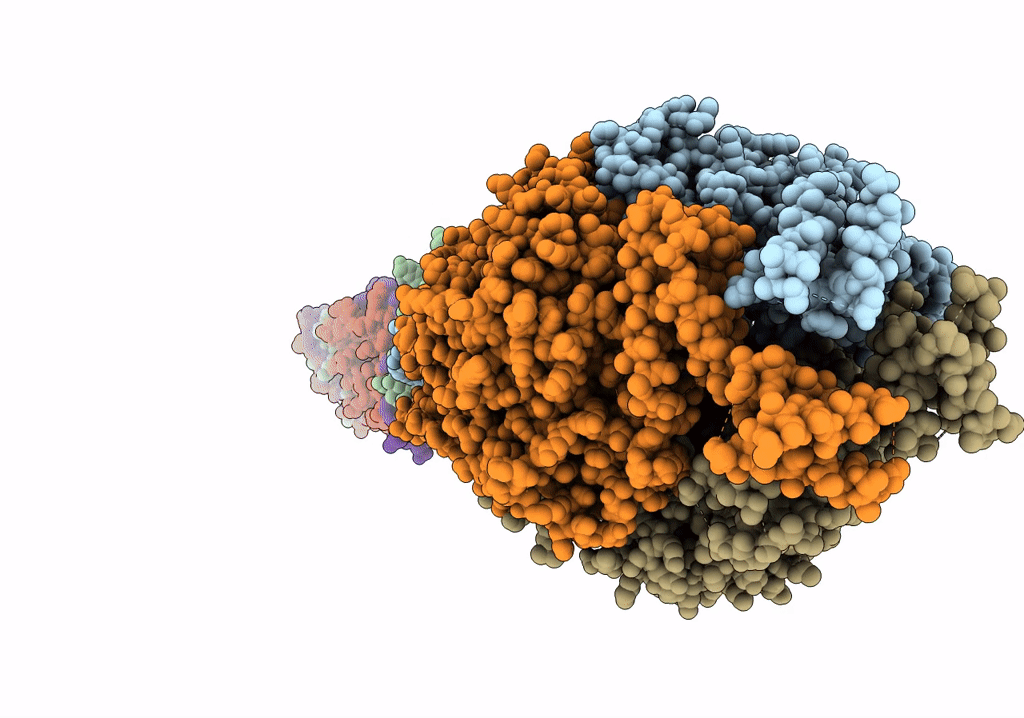
Deposition Date
2019-09-08
Release Date
2019-10-23
Last Version Date
2024-03-20
Entry Detail
Biological Source:
Source Organism:
Host Organism:
Method Details:
Experimental Method:
Resolution:
4.35 Å
Aggregation State:
PARTICLE
Reconstruction Method:
SINGLE PARTICLE


